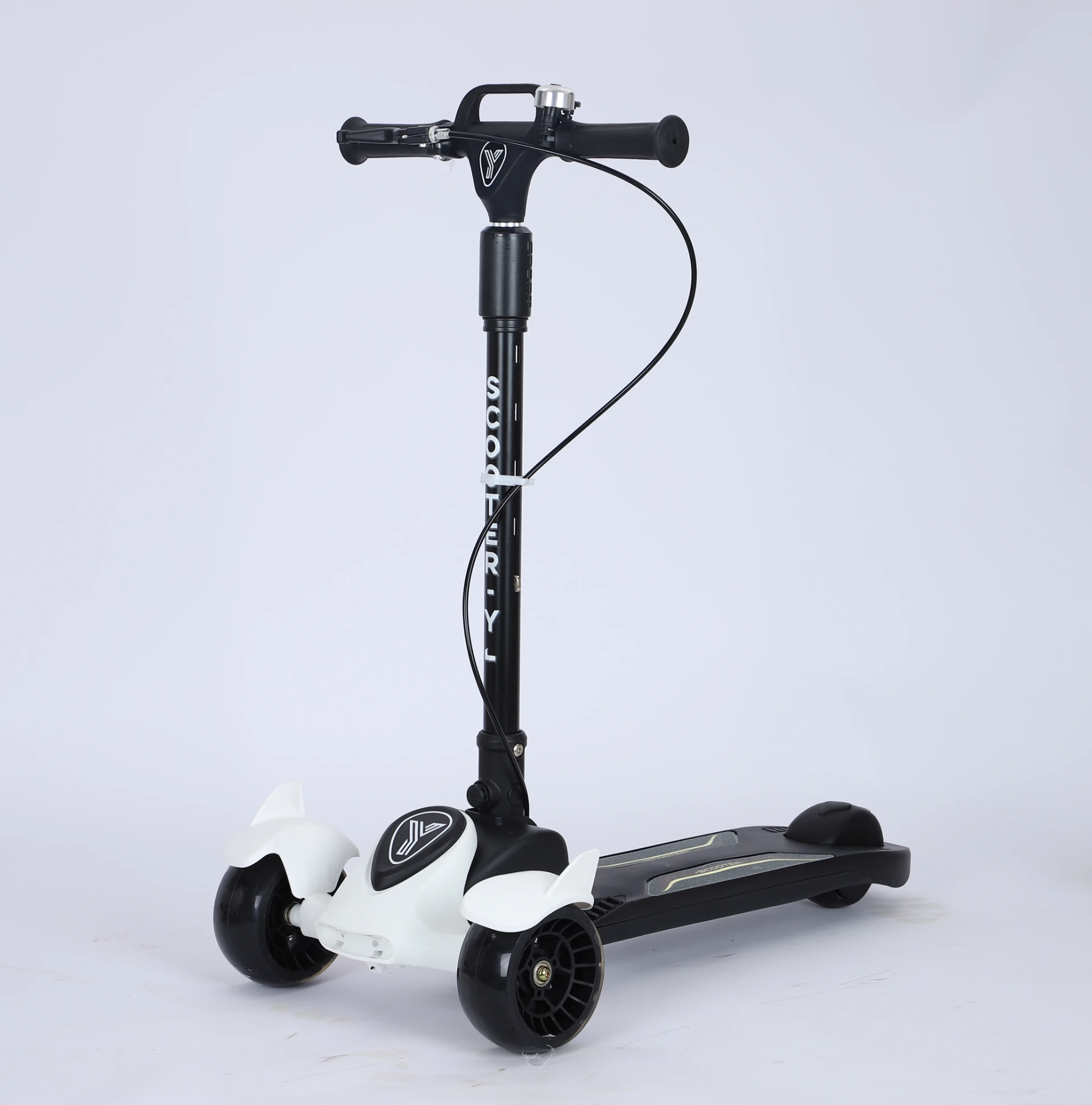kids balance bike
The Importance of Kids' Balance Bikes
In recent years, the popularity of balance bikes has surged among parents and caregivers looking for the best ways to introduce their young children to the world of cycling. A balance bike, also known as a run bike or push bike, is a bicycle without pedals that allows children to focus on learning balance and coordination before progressing to a traditional two-wheeled bike. This innovative approach to cycling has transformed the way kids learn to ride, and its benefits are increasingly recognized by families worldwide.
Understanding Balance Bikes
The primary design of a balance bike is simple yet effective. It has a sturdy frame and two wheels, with a seat that allows children to straddle the bike. Instead of pedaling, kids propel themselves by pushing off the ground with their feet. This method encourages natural balance and steering, which are essential skills for riding a bicycle. Balance bikes typically come in various sizes and styles, accommodating children as young as 18 months to around five years old.
Benefits of Balance Bikes
1. Building Confidence One of the most significant advantages of starting with a balance bike is that it builds a child’s confidence. By mastering balance on a bike without the fear of falling due to pedals and gears, kids are more likely to develop a positive association with cycling. This early positive experience can set the stage for a lifelong love of biking.
2. Improving Balance and Coordination Balance bikes are an excellent tool for developing motor skills. As children learn to balance and steer, they improve their coordination and spatial awareness, which are beneficial not just for cycling but for various physical activities and sports.
kids balance bike

3. Fostering Independence Riding a balance bike encourages independence and self-motivation. Kids can explore their surroundings at their own pace, providing them the autonomy to learn and experiment. This sense of freedom is crucial in developing decision-making skills and understanding risk as they navigate different terrains.
4. Physical Activity In an age where screen time often overshadows outdoor play, balance bikes promote physical activity. Riding a balance bike engages children in exercise that enhances their overall physical health, promoting cardiovascular fitness and muscle development.
5. Easy Transition to Pedal Bikes Finally, balance bikes prepare children for easy transition to pedal bikes. Once they have mastered balancing, kids will find it much simpler to move onto a traditional bike with pedals. Many parents have reported that their children can transition to pedal biking within a day or two after confidently riding a balance bike.
Choosing the Right Balance Bike
When selecting a balance bike, parents should consider a few key factors. The bike should be the correct size, allowing the child to place their feet flat on the ground while sitting on the seat. It’s essential for the bike to be lightweight, making it easier for kids to maneuver. Additionally, opt for a bike with adjustable seat heights to accommodate growing children and ensure longevity.
Conclusion
In conclusion, kids' balance bikes are not just a trend; they represent an effective method of introducing young children to cycling. With numerous benefits—building confidence, improving balance and coordination, promoting physical activity, and easing the transition to pedal bikes—balance bikes offer a fantastic foundation for future cyclists. Parents looking to enrich their children’s lives with outdoor activity and physical fitness should undoubtedly consider integrating balance bikes into their play. As children learn to ride, they also embark on a journey filled with exploration, joy, and the thrill of freedom that cycling brings.
-
Unlock Adventure and Confidence with Our Premium Kids' Bikes CollectionNewsAug.27,2025
-
Fun and Safe Adventures with Our Premium Kids Scooter CollectionNewsAug.27,2025
-
Exciting Adventures Begin with Our Premium Kids Mini Bike CollectionNewsAug.27,2025
-
Empower Your Child’s First Ride with Our Premium Kids Balance Bike CollectionNewsAug.27,2025
-
Discover the Ultimate Convenience and Safety with Our Kids Tricycle CollectionNewsAug.27,2025
-
Discover Fun and Development with Our Premium Swig Car CollectionNewsAug.27,2025
-
Kids Scooter Tiny Olympic Games: Scooterathlon!NewsAug.22,2025








